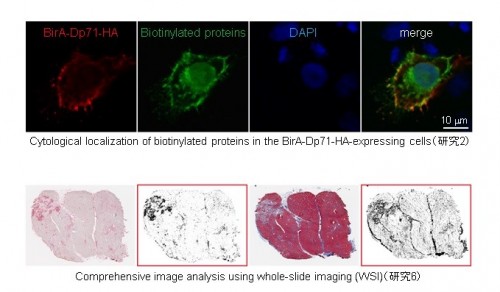| Subject | Department of Pathology and Applied Neurobiology |
| Staff |
Professor:Aya Miyagawa
Associate Professor:Takahiro Fujimoto Lecturer:So Tando
Assistant Professor:Takeshi Yaoi |
| Research Contents |
We, the Department of Pathology and Applied Neurobiology, would like to have freshmen to join our laboratory and to work with us to understand the pathology of nervous system.
We are involved in teaching basic pathology to the undergraduate students, whom we further provide with opportunities of studying autopsy cases including participation in clinico-pathological conferences as well as of publishing papers as co-authors in the international journals.
In the field of basic research, we have been studying pathogenesis of developmental brain disorders employing various methodologies including molecular biology, cell biology, biochemistry, histology, behavioral assays, and imaging. These researches have so far demonstrated the novel effects of an environmental chemical on brain development and the novel functional significance of genetic factors including cell adhesion molecules and synaptic proteins during cortical development. The publications on our research are listed below.
The structures as well as functions of human brain are complex and more efforts are needed to disclose the details even in the genomic era. By gaining more insight into the pathogenesis of developmental brain disorders, we are hoping to find ways which might be applicable for clinical treatment and/or prevention of human diseases.
Major research projects are as follows:
Written by Kyoko Itoh
|
| Achievements |
|
| Contact |
tel 81-75-251-5769 81-75-251-5849
fax 81-75-251-5769 81-75-251-5849 e-mail kxi14(at)koto.kpu-m.ac.jp (please change (at) to @)
|
| HP |















